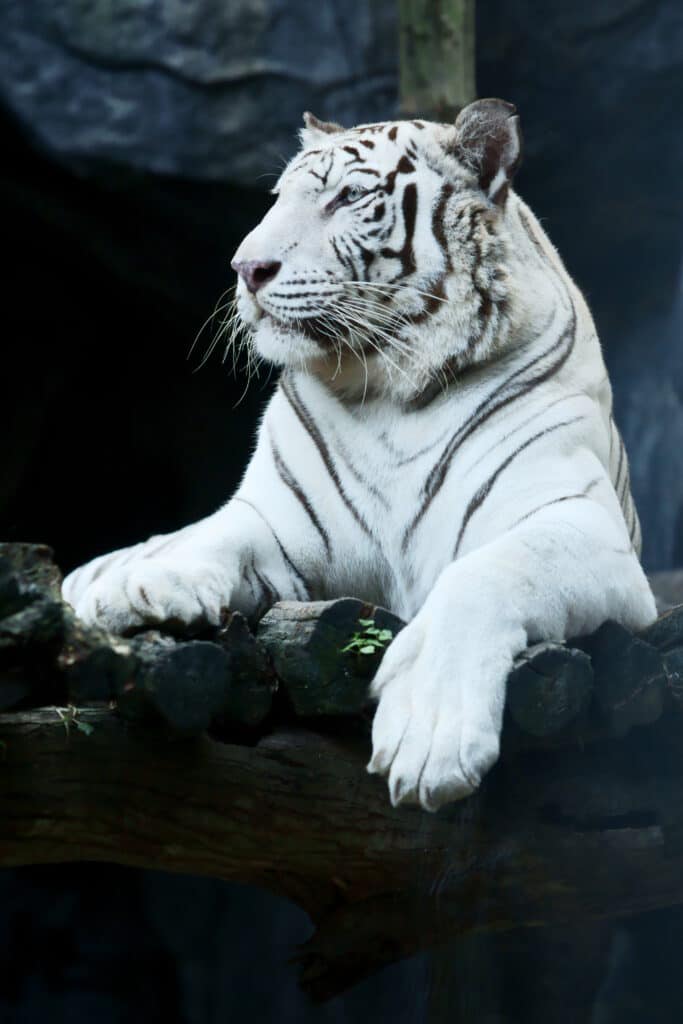Why Tigers Have Magnificent Stripes?
When asked to name a unique feature seen on a tiger, many people respond the stripes. While beautiful, these patterned lines play an important role in a tiger’s life. The big cat needs these features to carry out numerous functions. Additionally, stripes provide a good indication of how strong and healthy the animal is. Discover why tigers have magnificent stripes.

©Thinker360/iStock / Getty Images Plus via Getty Images
Understanding Tiger Stripes
Stripe patterns differ for every tiger. Scientists suggest that stripes are to tigers what fingerprints are to human beings. Moreover, underlying factors like genetics help determine the specific pattern an individual tiger develops over time.
How Stripes Benefit Tigers?
Stripes provide tigers with certain key benefits.
Tigers enjoy a favorable reputation as strong and aggressive hunters. That said, despite their size and agility, tigers lack the speed other big cats possess. Moreover, they do not hunt in large groups the same way powerful predators like lions do. Therefore, they must count on surprise.
Vertical stripes are what scientists refer to as disruptive coloration. This phenomenon enables tigers to look smaller and less intimidating to potential prey, which increases their ability to hide out and attack quickly.
How Many Stripes do Tigers Have?
Typically, tigers have more than 100 stripes. Additionally, many people might not realize that stripes extend beyond a tiger’s fur. Stripes even appear on their skin. Furthermore, the designs look exactly the same as they do on fur.
Other Benefits of Stripes
Stripes actually make studying tigers easier. Researchers conclude that the noted markings actually help them:
- Distinguish between various types of tigers
- Help manage tiger populations
- Improve conservation
- Protect tigers from dangers and illnesses
Like each individual tiger, the stripes found in each species are usually different.

©suttisukmek/Shutterstock.com
What do Stripes Say About a Tiger?
A tiger’s stripes also tell a great deal about the tiger’s makeup including indicators such as:
Age
Usually, veterinarians and zookeepers can determine a tiger’s age by examining its stripes. For example, fading patterns often suggest that the animal is older.
Health
Prominent, well-defined stripes typically indicate that the animal enjoys good health. On the other hand, broken stripes may suggest the presence of genetic mutations or sickness. Such visual clues enable animal healthcare providers an important head start in addressing potential problems.
Fitness Levels
Particularly colorful stripes might also hint at the tiger’s fitness levels. Health, solid fitness, and endurance often go together.
Socialization
Stripes make socialization easier. Tigers recognize members of their type through stripe patterns. This helps the creatures interact, establish bonds, and recognize hierarchies.
Behaviors
Researchers have found that a tiger’s stripes often indicate certain behavioral patterns. Animals displaying specific stripe designs demonstrate a tendency to engage in violence or display aggressive or submissive tendencies.









